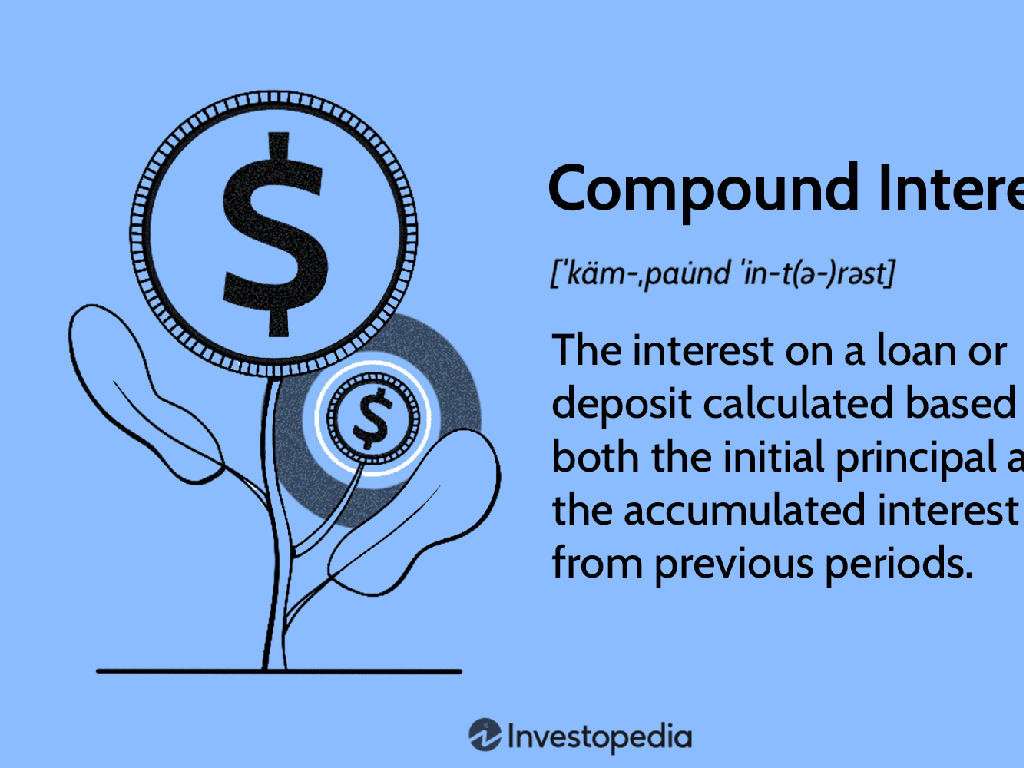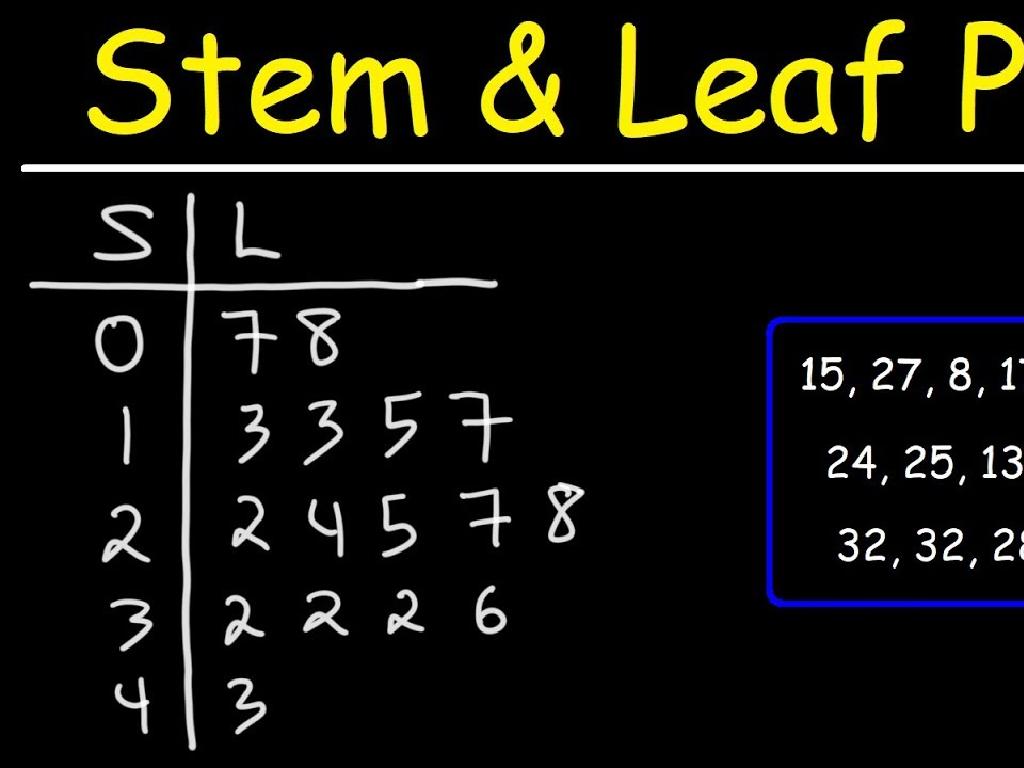Compare Fractions With Like Numerators
Subject: Math
Grade: Third grade
Topic: Compare Fractions With Like Numerators
Please LOG IN to download the presentation. Access is available to registered users only.
View More Content
Welcome to Fractions: Comparing Like Numerators
– Understanding parts of a whole
– A whole is divided into equal parts; each part is a fraction of the whole.
– What are like numerators?
– Like numerators mean the top numbers of the fractions are the same.
– Comparing fractions with same numerators
– Fractions with the same numerators are compared by looking at the denominators.
– Which fraction is bigger or smaller?
– The fraction with the smaller denominator is the larger fraction.
|
In this lesson, students will learn the concept of fractions as parts of a whole, which is fundamental in understanding how to compare them. Emphasize that the numerator represents how many parts we have. When fractions have like numerators, it means they have the same number of parts. To determine which fraction is larger, students should look at the denominators; the smaller the denominator, the larger the part of the whole. This is because the whole is divided into fewer, therefore larger, pieces. Use visual aids like pie charts or fraction bars to help students visualize this concept. Prepare to have students practice by comparing fractions with like numerators and identifying which is larger or smaller.
Understanding Fractions
– A fraction shows part of a whole
– Like a slice of pizza from a whole pizza
– Top number is the numerator
– It tells us how many parts we have
– Bottom number is the denominator
– It tells us into how many parts the whole is divided
– Example: 1/2 is one out of two parts
– If a pizza is cut into 2 pieces, 1/2 is one piece
|
Begin by explaining that a fraction is a way to represent a part of something that is whole, using the example of a pizza to make it relatable. Clarify that the numerator, the top number, indicates how many parts we’re talking about, while the denominator, the bottom number, shows how many equal parts the whole is divided into. Use visual aids like a drawing of a pizza cut into pieces to illustrate the concept. Encourage students to think of other examples of fractions they encounter in everyday life, such as cutting a cake or sharing candy.
Comparing Fractions with Like Numerators
– Like numerators: top numbers match
– Examples: 1/3, 1/4, 1/5
– All these fractions have the numerator 1
– Same parts, different sizes
– Each fraction has one part of a whole, but the whole is divided differently
– Bigger denominators mean smaller parts
– As the bottom number increases, each part of the whole becomes smaller
|
This slide introduces the concept of like numerators in fractions to third-grade students. Like numerators are when the top numbers, or numerators, of fractions are the same. Use examples such as 1/3, 1/4, and 1/5 to illustrate this point. Explain that while the number of parts (the numerator) is the same, the size of each part can vary because the whole is divided into different numbers of pieces (denominators). Emphasize that as the denominator gets larger, each piece of the whole gets smaller, which is a key concept when comparing fractions with like numerators. Encourage students to visualize this by drawing or using fraction models.
Comparing Fractions with Like Numerators
– Compare using denominators
– Larger denominators mean smaller parts
– Think of a pizza cut into more slices; each slice is smaller.
– Which fraction is larger: 1/3 or 1/4?
– 1/3 is larger because 3 slices are bigger than 4 smaller slices.
– Practice with different fractions
– Try comparing 1/5 and 1/6 to see which is bigger.
|
When comparing fractions with the same numerator, the key is to look at the denominators. The denominator tells us into how many equal parts the whole is divided. A larger denominator means more pieces, so each piece is smaller. For example, 1/3 is larger than 1/4 because if you divide a pizza into 3 slices, each slice will be bigger than if you divide it into 4 slices. Encourage the students to visualize this with real-life objects or drawings. Have them practice by comparing different fractions with like numerators to reinforce the concept.
Let’s Practice Comparing Fractions!
– Compare 1/5 to 1/6
– Which fraction is larger, 1/5 or 1/6?
– Consider the piece sizes
– Smaller denominators mean larger pieces
– Use visuals to compare
– Draw or use fraction strips to see the difference
– Determine the larger fraction
– With like numerators, the fraction with the smaller denominator is larger
|
This slide is designed to help students practice comparing fractions with like numerators. Start by presenting the fractions 1/5 and 1/6 and ask the students which one they think is larger. Explain that when fractions have the same numerator, the size of the fraction depends on the denominator; the smaller the denominator, the larger the piece of the whole. Use visuals like fraction strips or pie charts to illustrate this concept, showing that 1/5 is indeed larger than 1/6 because the pieces are bigger. Encourage students to draw their own visuals to aid their understanding. Conclude by reinforcing the rule that with like numerators, the fraction with the smaller denominator is the larger fraction.
Class Activity: Fraction Fun!
– Create your own fraction strips
– Compare fractions with same numerators
– Use the strips to see which fraction has larger pieces
– Decide which fraction is larger
– Remember: Bigger denominators mean smaller pieces!
– Share your findings with the class
|
In this activity, students will engage in a hands-on learning experience by creating fraction strips to visually compare fractions with like numerators. Provide students with materials to create fraction strips, such as colored paper or card stock. Guide them to cut the strips into equal parts representing fractions with the same numerator but different denominators. Encourage them to line up the strips side by side to compare the size of the fractions. This will help them understand that for fractions with the same numerator, the fraction with the larger denominator represents a smaller part of the whole. After comparing, students will share their findings with the class, explaining which fraction is larger and why. This activity will reinforce the concept that the denominator tells us how many equal parts the whole is divided into, and a larger denominator means each part is smaller.
Conclusion: Mastering Fraction Comparison
– Celebrate learning fraction comparison!
– Rule: Like numerators? Compare denominators!
– Smaller denominator means a larger fraction piece.
– Practice is key – continue comparing!
– Try more examples to get even better.
– Keep up the great work!
|
As we wrap up our lesson on comparing fractions with like numerators, it’s important to reinforce the concept that when fractions have the same numerator, the fraction with the smaller denominator is actually the larger fraction because it represents larger pieces of the whole. Encourage the students to continue practicing with different sets of fractions to become more confident in their comparison skills. Celebrate their hard work and progress in understanding this fundamental math concept. Provide additional worksheets for practice and suggest playing fraction games to make learning fun and engaging.






